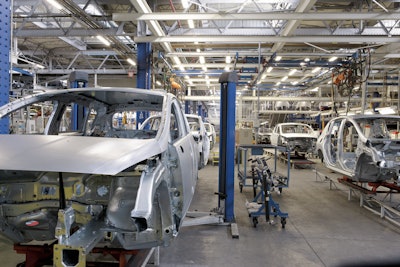
Supplyframe and Jabil indicate that the electronics supply chain’s new normal is neither new nor unusual. In fact, new supply chain approaches and intelligence sources are needed to navigate the electronics ecosystem amid the swarm.
“Global supply and demand imbalance persists in the electronics value chain, with specific end markets such as automotive still facing long lead times and constrained supply,” says Supplyframe CEO and founder Steve Flagg. “Availability and prices are improving for many component categories, but shortages and increasing prices remain. Recessionary fears and worldwide inflation have dampened consumer electronics demand, led to skyrocketing inventories of certain passive components, and are driving memory and other prices significantly downward. And yet, parts like microcontrollers and analog components remain troublesome to secure and highly priced.”
“Beyond such arrangements as producing custom chips with partners for future supply assurance in the automotive space, manufacturers across industries must address the daily as well as the strategic challenges of component availability, lead times, and pricing dynamics to build resilience into their supply chains,” adds Frank McKay, SVP, chief supply chain and procurement officer at Jabil. “It’s clear that they require objective market-in analytics and analysis to augment their enterprise information and move from fragmented data culled from multiple, often inconsistent and stale data sources.”
From BusinessWire:
- Automotive-grade integrated circuits remain significantly restrained, with lead times averaging between 40-60 weeks. Commodity IQ analysis from Supplyframe indicates that significant to severe constraints of complex semiconductors such as automotive microcontrollers will persist into the first half of 2023.
- Contingent labor availability, cost issues, climate change, geopolitical upheaval, global worker shortage and elevated logistics and raw material costs continue to plague semiconductor production operations.
- Over 30% of the respondents indicated their company must replace components between 5-20 times per design. 99% said they are executing spot buys, with 15% doing so daily. Another 9% reported spot buys on an hourly basis due to late-stage component supply chain issues. And nearly half of the study participants reported that they saw their approved vendor lists grow by 10% or more in 2022.




















